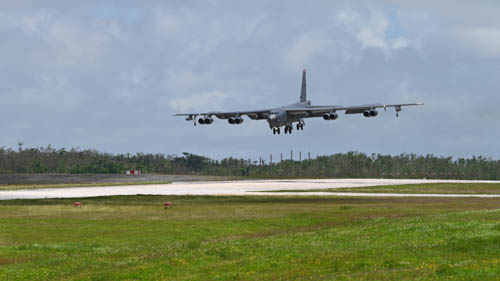
24
October7 Of The Punniest Betting-sites-nigeria.com Puns You can find
Introduction:

The Warming Arctic:
The Arctic region is particularly vulnerable to global warming due to its delicate ecosystem and its role in regulating the global climate. Increased temperatures have caused substantial loss in Arctic sea ice, with the extent and thickness of ice diminishing each year. This not only alters the habitat for various wildlife species, such as polar bears and seals, but also impacts the intricate food chains within the Arctic ecosystem.
Accelerated Melting of Glaciers:
In addition to sea ice retreat, the warming climate has accelerated the melting of glaciers in polar regions. The Arctic and Antarctic glaciers are losing volume at alarming rates, leading to rising sea levels globally. As these glaciers continue to melt, the increased freshwater input can also disrupt oceanic currents, affecting regional weather patterns, including the strength and frequency of storms.
Consequences for Biodiversity:
The melting of polar ice caps poses a significant threat to biodiversity in these regions. Arctic sea ice provides essential breeding and foraging grounds for marine mammals, such as walruses and whales. The loss of their habitat can disrupt their migratory patterns, leading to a decline in population sizes. Polar bears, known as the charismatic symbols of the Arctic, heavily rely on sea ice for hunting seals and migration. With disappearing sea ice, their survival and reproductive rates have been adversely affected, pushing them closer to extinction.
Global Consequences:
The impact of melting polar ice caps extends beyond the polar regions. Rising sea levels threaten coastal ecosystems, posing risks to low-lying areas and heavily populated cities worldwide. Rapid ice melt can also release vast amounts of stored carbon into the atmosphere, further exacerbating global warming. Additionally, the exposure of dark ocean surfaces, where ice once reflected sunlight, leads to enhanced heat absorption, perpetuating the warming trend.
Socio-economic Implications:
The consequences of melting ice caps are not restricted to the natural world; human populations are also affected. Indigenous communities residing in the Arctic region face significant challenges as traditional hunting and fishing practices become less viable due to changing ice conditions. Furthermore, the displacement of people due to rising sea levels and extreme weather events severely strains resources and infrastructure, increasing the vulnerability of coastal communities.
Mitigation and Adaptation:
To address the impacts of global warming on polar ice caps, urgent action is required. Mitigation efforts should prioritize reducing greenhouse gas emissions by shifting towards renewable energy sources, promoting energy efficiency, betting-sites-nigeria.com and implementing stricter environmental policies. Additionally, adaptation strategies must be employed to protect ecosystems, support vulnerable communities, and safeguard infrastructure in anticipation of future changes.
Conclusion:
The consequences of global warming on polar ice caps are evident and alarming. The melting of Arctic and Antarctic ice presents a complex web of environmental, biodiversity, and socio-economic challenges that require urgent attention. By understanding the extent of the problem, implementing mitigation measures, and adapting to the changing conditions, we can strive to preserve these fragile ecosystems and protect the livelihoods of those affected. The time for action is now, as the future of our planet depends on our ability to address the impact of global warming on polar ice caps.


Reviews